
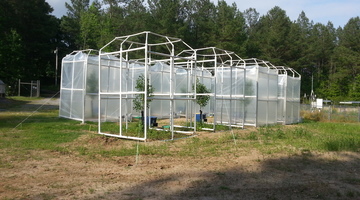
By comparing some features of fossilised plants with the same features of plants living today, scientists hope to be able to learn more about the effect of changing carbon dioxide (CO2) levels in ...
READ MORE
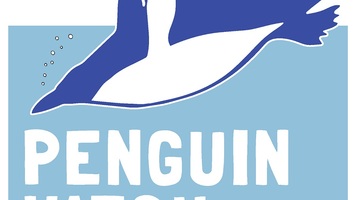
Help scientists establish valuable baseline data about the numbers, locations, habits and health of penguins in a range of Southern Ocean sites. This information will enable better understanding ...
READ MORE
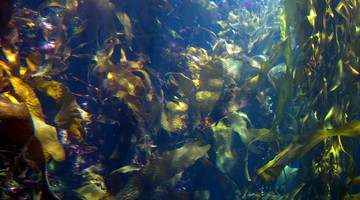
Kelp forests are one of the most biodiverse habitats on Earth. Every nook and cranny is jam-packed with life! This citizen science project wants to understand more about how kelp forests grow and ...
READ MORE

Position: Former Research Scientist, NIWA. Currently Expedition leader Field: Atmospheric chemistry Dr Katja Riedel was a research scientist with NIWA and, at present, is based in Wellington. She ...
READ MORE
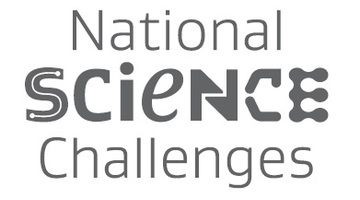
As New Zealanders looking to the future, we are faced with many opportunities – and challenges. These include improving the health of all our people, advancing our economic growth, protecting our ...
READ MORE

Scientists think that about 14 billion years ago (that is a 14 followed by 9 zeros), this universe came into being through the Big Bang. This is described in the Big Bang theory. It is thought ...
READ MORE

In this activity, students examine the role of heat as water changes from a solid to a liquid to a gas and back again. By the end of this activity, students should be able to: identify a logical ...
READ MORE

Our atmosphere and climate 2020 is an environmental report produced by the Ministry for the Environment and Stats NZ. The report uses extensive long-term datasets to demonstrate some of the ...
READ MORE

The National Institute of Water and Atmospheric Research (NIWA) gathers weather data throughout Aotearoa New Zealand. NIWA and its predecessors have been gathering this information for decades ...
READ MORE

Long ago, according to the legend of Māui, the Sun was the focus of attention. People wanted more daylight and warmth to get their jobs done. Māui schemed to harness the Sun. Rights: Tim Tripp ...
READ MORE
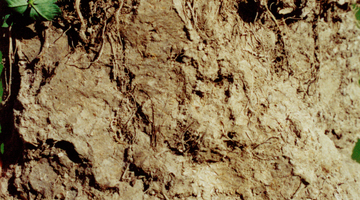
Science capabilities connect the nature of science, the key competencies and the science content strands. In this online PLD session recorded on 19 May 2016, we explore the five core capabilities ...
READ MORE
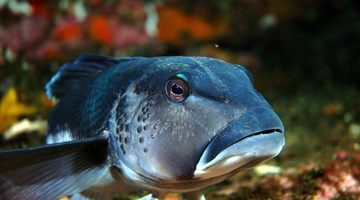
There are many marine classroom activities and resources on the Science Learning Hub useful for Seaweek 2015. This online PD session recorded on 19 February 2015 shows primary and secondary ...
READ MORE
Peter Hall from Scion explains why we need large quantities of carbon neutral energy. Energy is everywhere. Anything we eat or use has energy embodied in it. Every object we produce required ...
READ MORE
Peter Hall from Scion discusses New Zealand’s energy demands and what we should think as a country about how to reduce our carbon footprint. A country’s economic growth is closely linked to how ...
READ MORE
Dr Katja Riedel of NIWA explains why she enjoys her research in Antarctica and what fascinates her about this place.
READ MORE

This timeline lets you see the historical developments in technology related to weather monitoring, measuring and forecasting. It also shows how scientific thinking changed over the centuries as ...
READ MORE

This interactive uses information from Our atmosphere and climate 2023 – an environmental report produced by the Ministry for the Environment and Stats NZ – to present evidence of climate change ...
READ MORE

Access long-term temperature and precipitation datasets for 30 locations around New Zealand. Click on the labels for more information. Select here to view the full transcript and copyright ...
READ MORE